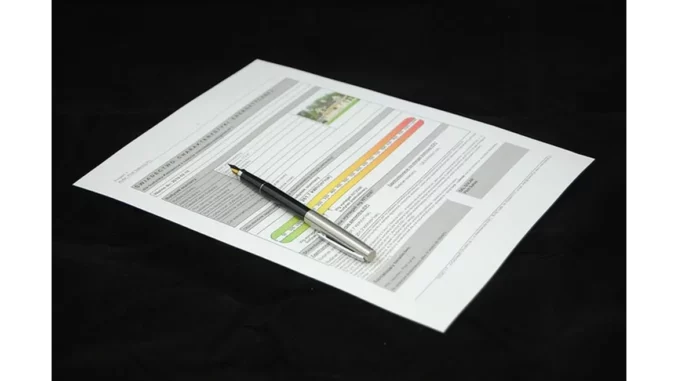
In a world increasingly focused on energy efficiency and sustainability, Display Energy Certificates (DECs) have emerged as a vital tool for public buildings across the UK. To delve deeper into the significance of DECs, I, Marcia Snyder, recently sat down with Tom, an industry insider with over two decades of expertise in energy consultancy. Our conversation was illuminating, shedding light on the essence and potential benefits of DECs for both building managers and the public.
Focus360 Energy: property compliance services – pre-planning to post-construction. Learn more.
Tom began by explaining the basic premise of a Display Energy Certificate. “Essentially, DECs are a way to publicly showcase how energy-efficient a building is, sort of like a report card for the building’s energy usage,” he said, his enthusiasm evident. He was quick to point out that these certificates are not just bureaucratic necessities but are instrumental in promoting transparency and accountability. “For any public building over 250 square metres,” Tom noted, “it’s mandatory to display these certificates prominently. The idea is to make energy performance visible to everyone who walks through the door.”
The certificates categorise buildings into bands from A to G, with A being the most energy-efficient and G the least. Tom likened the DEC graph to the energy labels seen on household appliances, making them easy to interpret for the layperson. “What this does,” he explained, “is it sets a benchmark. It allows the public and building managers to see where they stand and, crucially, where improvements are needed.”
We discussed how DECs are especially crucial for buildings over 1000 square metres, which require annual renewal of their certificates. For smaller buildings, those between 250 and 999 square metres, the DEC is valid for a decade. “This distinction is important,” Tom remarked, “because larger buildings typically have more complex energy needs and usage patterns, necessitating more frequent assessments.” He emphasised that the regular renewal process for larger buildings ensures ongoing accountability and encourages continuous improvement.
Tom also touched on the consequences of non-compliance, noting that fines can be imposed for failing to display a valid DEC and advisory report. “It’s not just about avoiding penalties,” he stated. “It’s about fostering a culture of energy consciousness. The financial implications of not having an up-to-date certificate serve as a powerful motivator for building owners to prioritise energy management.”
During our conversation, Tom highlighted the role of accredited energy surveyors in the DEC process. “These professionals are crucial,” he said, “because they bring in the necessary expertise to accurately assess a building’s energy performance. Their evaluations ensure that the ratings are both consistent and comparable across different properties.” This standardisation is key, allowing for meaningful comparisons and fostering healthy competition among public buildings to improve their energy efficiency.
Tom was particularly enthusiastic about the broader implications of DECs on sustainability goals. “By making energy usage transparent and comparable,” he explained, “DECs encourage building owners to implement energy-saving measures. This could range from simple changes like improving insulation to more significant investments such as upgrading heating systems or installing renewable energy sources.” He stressed that, over time, such measures could lead to substantial reductions in carbon emissions, aligning with the UK’s broader environmental targets.
Our discussion concluded with a reflection on the future of energy management. Tom expressed optimism that the principles underlying DECs could be expanded beyond public buildings. “Imagine if every building, public or private, had to display its energy performance,” he mused. “It would revolutionise how we think about and manage energy usage, making sustainability a part of everyday life.”
As I left the interview, it was clear that DECs are more than just a regulatory requirement. They are a catalyst for change, pushing public buildings towards greater energy efficiency and playing a vital role in the UK’s sustainability efforts. Through our conversation, Tom painted a vivid picture of a future where energy transparency leads to a more sustainable world, one building at a time.
Find out more at Focus 360 Energy


Be the first to comment